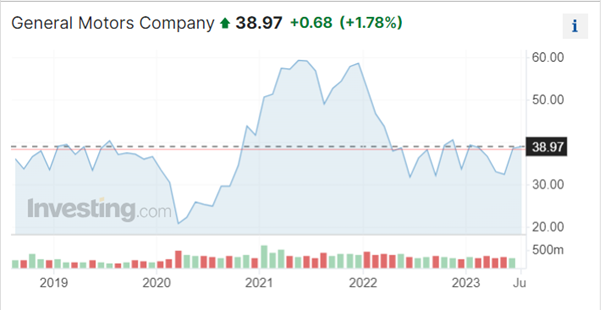Article I found on Reuters said, that General Motors expressed concern over the Biden administration's proposed changes to vehicle emissions rules, warning that it could impose penalties amounting to hundreds of billions of dollars on the auto industry by 2031. However, the Biden administration refuted GM's estimates, asserting that they were incorrect. During a meeting with White House Office of Management and Budget officials, GM projected that the industry might face penalties ranging from 100 billion USD to 300 billion USD from 2027 to 2031, depending on the implementation of an Energy Department proposal to revise fuel economy ratings for electric vehicles (EVs). The National Highway Traffic Safety Administration (NHTSA) rebutted GM's estimation, calling it speculative and inaccurate. The NHTSA is set to release its proposal to increase Corporate Average Fuel Economy requirements for 2027 and beyond, with the administration indicating that the costs of the rule would be outweighed by its benefits. GM had previously committed to ending the sale of new gasoline-powered vehicles by 2035 but acknowledged potential challenges in complying with EV efficiency rules and vehicle emissions regulations.
What I understood from this article is the fact that Biden will insist on his emission rules, regardless of damage done to the companies. Now it’s up to them to find a quick way to get in borders of this rules.
When I checked their stocks, I had mixed feelings about it. For the last five years, GM’s stocks have been moving pretty much in the same price range from 30 to 40 USD, of course with an exception of 2021. * They did not provide much profit either.
Because this is rather negative news for the company, I have decided in the end to not enter the trade, however, monitor the stock movements and enter if opportunity will show itself.

Movement of GM stocks in the last five years. (Source: Investing) *
* Past performance is no guarantee of future results.








